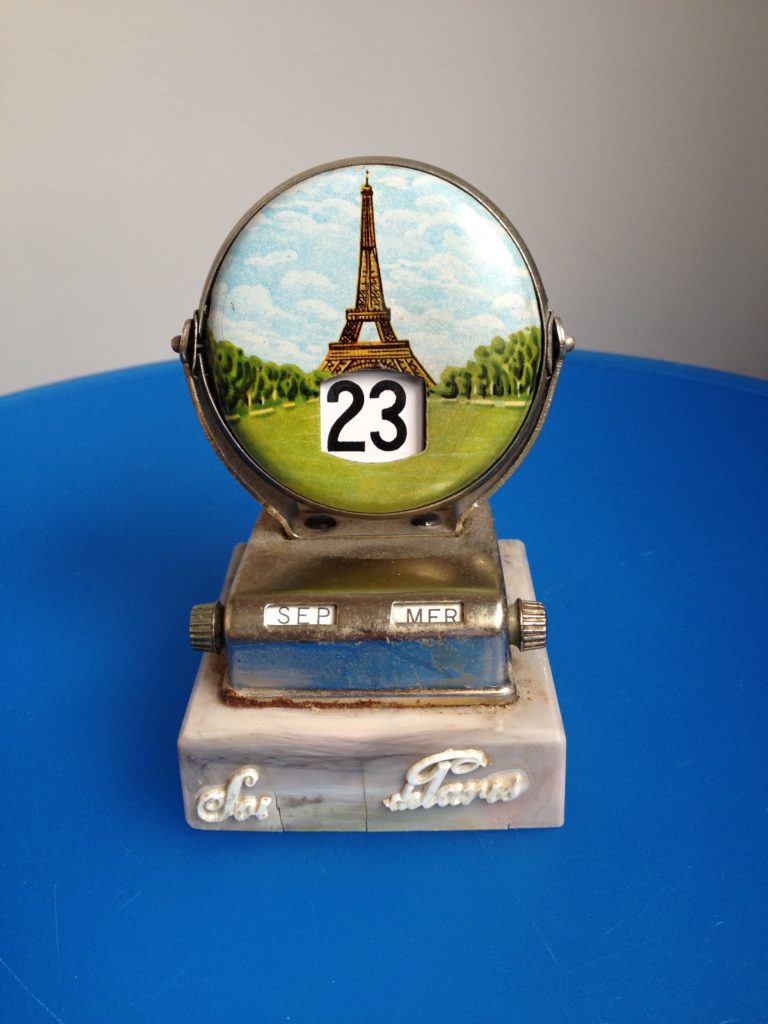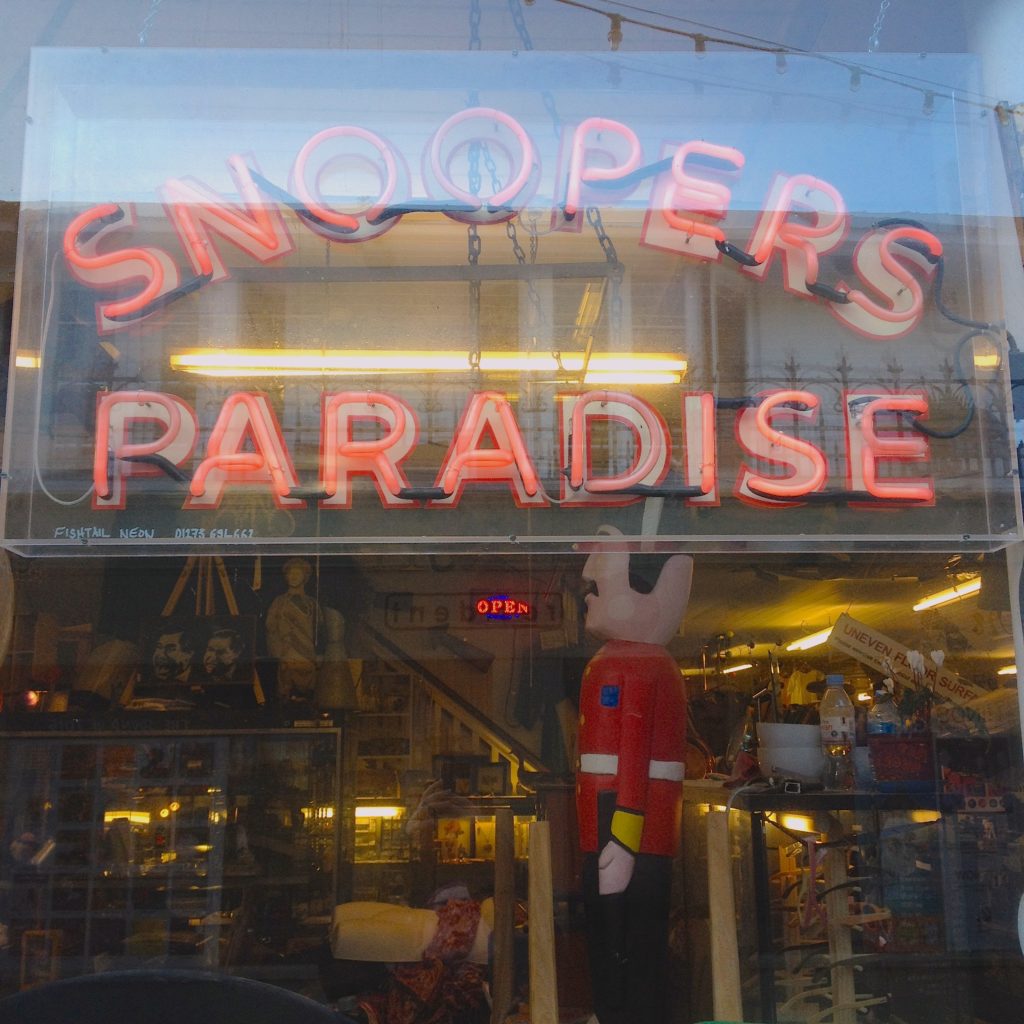In Russell W. Belk’s journal article, “Extended Self in a Digital World” (2013) (available for download, here), the notion that our digital and online presence extends our self – mind and body – into the virtual realm, builds on Belk’s initial thesis “Possessions and the Extended Self” (1988), which posits that “knowingly or unknowingly, intentionally or unintentionally, we regard our possessions as parts of ourselves”. And by parts, Belk goes so far as to suggest they become stand-ins, prostheses, building blocks even, of our selves. Belk’s update looks at how the digital turn both dematerialises the self and ups the ante by networking our presence into a diversity of locations, communities, identities and avatars; we can become “multiple characters” so as “to explore different personality possibilities”.
One particular complication was examined by Belk and co-author Kelly Tian in “Extended Self and Possessions in the Workplace” (2005); “the battle that can take place between the ‘home self’ and the ‘work self’ as the time and place boundaries that once distinguished the two melt”. Admitting and allowing such a “melt” to become a positive enhancement rather than a negative detraction has necessitated accepting social media as part of my practice and most recently, Instagram, the photo-sharing app bought by Facebook in 2012 for $1-billion dollars. From an indie start-up it growth in size and popularity at a rate is now outperforming the parent company by a factor of 7 to 1. Why Instagram? Because I was looking for a way to connect multiple strands of my life – work, research, hobby, leisure, obsession – and Instagram’s informality, flexibility and outreach makes it a potentially useful tool. I have a project in mind, and by restricting my usage of Instagram to that specific task I hope to employ social media without lapsing into narcissism.
My work spans media and industries and although all activities are underpinned by “design” I felt that my multiple roles needed to be “joined up”. In a digitally connected world with the “portfolio career” and “freelance lifestyle” being extolled as “smart”, it’s now feasible to combine disparate interests into a believable whole (AKA the “successful career”) using blogs and social media to self-promote. With my academic activities becoming more public (beyond teaching) through conferences and peer-reviewed publications, my writing takes a new turn as I engage with objects, displays, exhibitions and collecting from a theoretical base informed by academic research. Background to this is a fascination with charity shops, flea markets, car boot sales, gleaning, making and selling objects, and an insight into hoarding behaviours through familial obligations. These activities felt disconnected from my professional practice, but I wanted to acknowledge them as legitimate food for thought, a source of inspiration and a subject for further study. After all, it’s all stuff.
A few years ago I started “tweeting”, and have been a benign addict ever since; initial over enthusiasm has mellowed into a useful habit. Meanwhile, I resisted the so-called inevitability of Facebook (the format too closely resembles forever-pubescent high-school drama for my liking) but have come to realise that in this day and age a writer without a social media presence is equivalent to nailing Luddite credentials to the flapping barn door of a hermit hideaway. That revelation was reinforced by a) all the new kids on the block, busy “networking”, and b) the fact that a book I wrote dropped without trace as the publisher expected me to do my own social media marketing but didn’t bother to tell me. So after attending a “How to get started” workshop run by the writers’ organisation, 26 and waiting a little longer before diving in (fear of jumping), I began to use Twitter (I’m @lizfarrelly) to flag-up writing, teaching and research activity, sprinkled with personal preferences for crap TV, art house movies, knitting, visiting museums and exhibitions and generally looking around while (hopefully) avoiding any hint of “lifestyle”. And, it’s been great; I’ve found masses of information relevant to my PhD, connected with a wide range of people, and become adept at “conference tweeting”, aka, sound-biting lectures.
When a pal asked why I wasn’t on Facebook but then extolled the pleasures of Instagram I got curious, plus I’d noticed a lot of images shared from Instagram popping up on Twitter. I went looking and found a medium that captures, edits, showcases and distributes, presenting an ideal format for visualising objects. I also discovered unabashed celebration of vintage knickknacks, mid-century modernity, hand-made charmers and design icons, something so enticing it required me to self-set some user guidelines. My aim is to use my Instagram stream to showcase objects and images collected through my vintage shopping “habit” while seeking out and connecting to – researching if you like – individuals with similar interests, so as to observe their use of Instagram and the combinations of objects and images they generate.
As fascinating as creating posting my own photos is, I’m equally interested in the “Like” process and how that builds a persona beyond the content stream by acting out tastes and preferences. The user strives to seek interesting images, so that Liking becomes a personalised act of editing and curating, and an extension of the self, as Belk suggests. Creating a coherent “Posts You’ve Liked” stream, entertaining followers with those “Likes”, and exploring through images to extend your of contacts, seems to be as equally important as generating content. Interestingly, those terms – editing and curating – have been annexed by popular media, becoming “lifestyle” activities much to the annoyance of the professions who practice them, the implication being that their expertise and skill is being downgraded. But, jumping the fence, and using “professional” skills in a social media environment can be a liberating act, going beyond the rule-bound academic institution, whether it be university, museum, gallery or archive, the pressure of peer-reviewed writing and the commercial imperative of design journalism.
Instagram allows one to observe and interact with a world-wide community of collectors who find, trade, obsess and communicate about objects, while making images and sharing knowledge. Interestingly, those very same rule-bound institutions (including a lot of auction houses too) are taking social media to heart, offering followers behind the scenes access to collections, personnel and processes. It is the behind the scenes experience that museum visitors are keen to participate in, as reported in a growing literature around Visitors Studies. In Museums and Design Education: Looking to Learn, Learning to See (eds. Cook, Reynolds and Speight, 2010), design students requested privileged access, deeming it necessary for their study and understanding of museum objects. Instagram is not only instant it is also intimate, offering a virtual experience that approximates behind-the-scenes access. Objects are central to that sense of intimacy; the things we surround ourselves with, use everyday, cherish and display, whether in the home or the museum, or the storeroom, provide a close-up view of our lives.
My Instagram page is @lizfarrelly1. I’m not going to replicate it here by explaining too much about what I do, or re-posting images. At first I “archived” my photos, both on my phone and in a folder on my desktop. Now I don’t, and one day I’ll probably regret that lapse, but until I figure out how to get those photos back out of Instagram, that’s where you’ll find them. I admit to developing a particular visual approach; close-up, not too rigid nor random either, mixing and matching, colour blocking content with the background, with composition used to block out unwanted elements. Along with image, text is important too, as a well-chosen hashtag (#) can direct a post to a whole community of new obsessives; the communicative power of the tag is something to explore.
Using Belk’s theory of the extended digital self to analyse my social media presence / online activity would be the ultimate self-referential reveal. It might require that I step out of this most fascinating bubble, but right now I’m enjoying it too much. Perhaps one year on I will assess my Instagram activity…
Closing the circle, my next blog post reveals another piece of the jigsaw, an (un)healthy obsession with Brighton’s world-famous flea market, Snoopers Paradise. Again, it links into a fascination with “stuff”, this time via recycled “pre-loved” objects that are high on “aura” and provide an antidote to high street blah.


